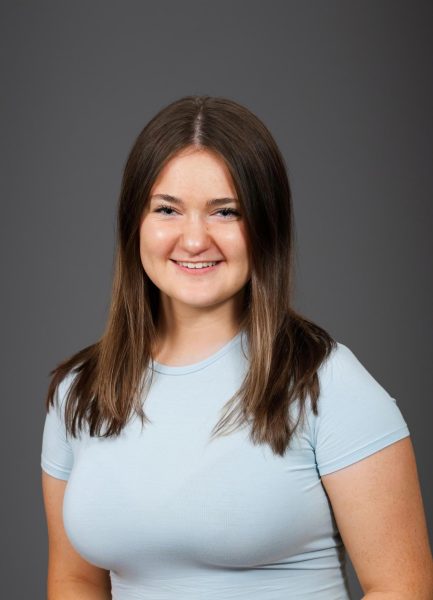Walking past baa-ing sheep and bleating goats on the way to Eightball’s pen, he reaches for the halter as a large, wet nose pokes out from between the bars of her pen and licks him with a rough tongue. Wiping off the residue the lick left on his arm, he hops the pen’s fence and puts the halter’s loops over her large, fuzzy ears and under her droopy chin. Opening the gate to the pen, he then leads her out, her hoofs leaving rounded dents in the dirt.
FFA member and junior Max Adams is showing a heifer for the first time this year, along with two gilts, all of who he will show at the Cedar Park Barn Show on Nov. 12. He is raising a crossbred and a spotted pig, as well as a black angus heifer named Eightball. Adams is getting to show Eightball free of charge from a family friend’s cattle ranch.
“A dude my dad knows has a bunch of cows, and he asked me to raise [the heifer, Eightball], for him this year,” Adams said. “He pays for all the feed, and I give [the heifer] back at the end of the year. Then, when it [gives birth to] a heifer or a steer, I can have it [to show next year] or I can go pick one from this herd, and I can show it.”
Adams is also able to keep any money he earns by showing Eightball at livestock shows. When he first got her, Eightball was difficult to interact with because she was still living with her mother.
“I kept her in Liberty Hill with her mom for maybe two months [before the start of summer],” Adams said. “It was hard to get close to her with her mom around, because the mom was so protective. While she was with her mom, I could not touch her. But, once she got to the [school] barn, and she was alone, it probably took about a month to get really close. I don’t know how Eightball will act around me with her calf. Her mom had no idea who I was, and [Eightball] knows me really well. She’ll definitely be protective, but I don’t think it will be as bad as it was with her [mom].”
Once Adams could begin to work with Eightball, he had to learn how to act around an untamed heifer so he could start training her.
“At first, it was a lot,” Adams said. “I got used to [working with] her really quick though, just knowing what I can and can’t do around her. The biggest thing with the cows is if they’re untrained you have to think 10 steps ahead. When you do something you have to think about what she’s going to do and where she would go. I learned pretty quickly.”
Adams got help from ag teacher Hayden Green when Eightball first moved into the show barn at the end of last school year.
“Green showed me a little bit [about how to care for a heifer], but [after] having a pig [last year] I kind of already knew the basics,” Adams said. “The stuff I really had to learn was how to get her to do circles in the ring and to get her to set up right. Honestly, the biggest thing I had to learn was keeping up with picking up after her. Every time I pull her out [of her pen] she’ll poop like three times throughout the barn. It’s good for the grass, but when it’s on the concrete then it’s a pain. I’m feeding her 40 pounds a day and so she’s pooping 30-ish pounds a day. It’s a lot.”
Because he has three animals, Adams spends an hour and a half minimum at the barn each afternoon, and upwards of four hours when he works with them. To make the most of the time he spends at the barn, Adams has a system of working with his animals.
“Whenever I work with [my animals], I’ll pull my cow out first and walk her around a little bit, and then I’ll tie her up because just having her tied up gets her more used to a halter,” Adams said. “So I’ll just tie her up at the very beginning, and then do all my stuff with my pigs, and then go back to her at the end.”
Working with his animals includes practicing the pigs’ walking skills, having Eightball stand in the ring and giving them baths or cleaning their pens.
“I try to [bathe] the pigs every day,” Adams said. “Sometimes it’ll be every other day. For my cow, it’s different. I do soap on her only once a week, but I’ll spray her off with water. I blow her [hair] out every day, because for her hair to keep growing she needs the dirt out of it. I’ll blow her out and then hit her with water and then blow her out again.”
Adams enjoys showing swine more than heifers, he said, because of the experience he has had with them and the logistics that come with showing pigs.
“I like pigs more just because of the fact that you can take a $500 pig and go do really good,” Adams said. “With the heifers, you get super competitive and [it gets to] a point of just seeing who spends the most money. You get people that spend $100,000 on a steer, or go spend $50,000 on a heifer. It’s hard to compete.”
Aside from showing animals in FFA, Adams also competes in the dairy cattle judging CDE and is in the Construction II and Livestock Production ag classes. After high school, he plans on working in the machine-operating business.
“I’ve been doing it since I was little; I operate machinery, like do dirt work,” Adams said. “I did that this summer and that’s what I’ll do out of high school. At least until I have enough money to start my own business. I don’t think I’d work for [a cattle ranch] just because of the money in [the business. The man I got Eightball from has money, but I don’t think I would get paid as good as I want. I would not make as much money as I would want to make.”
Since he is a junior, Adams has one more year to show animals through FFA. Next year, he said he will most likely show the calf Eightball gives birth to, as well as two more pigs. He said this number of animals is working well for him currently.
“I’m probably going to show another heifer,” Adams said. “I’ll definitely do another spot, maybe two spots. I can’t really add more onto my workload because I think if I stay with what I have, it would help me focus on them more.”
Last year at San Angelo Stock Show & Rodeo, Adams’ spotted gilt placed third overall in the breed grand drive. This year, he hopes to do even better with his pigs and do well with Eightball. Adams said his favorite thing about showing livestock is the competitiveness of it.
“When you think you have a good animal, and then you’re surrounded by a bunch of other [showmen with their animals], it will humble you really quick,” Adams said. “If I keep working and I do good [at shows], it makes me feel good about myself. I just like the competitiveness. It’s fun taking care of [them]. Putting in a bunch of work and then not doing good upsets me a lot. It makes me want to do better.”

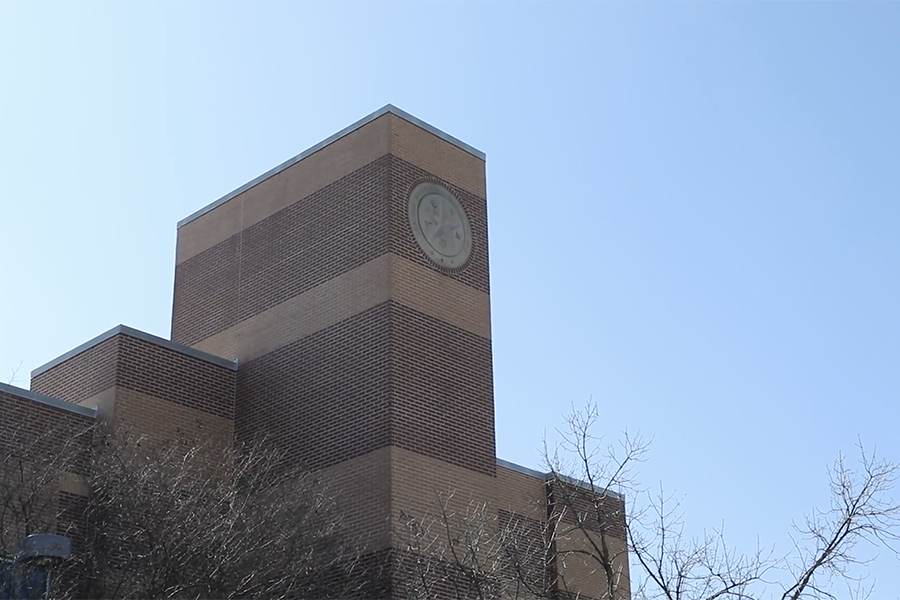
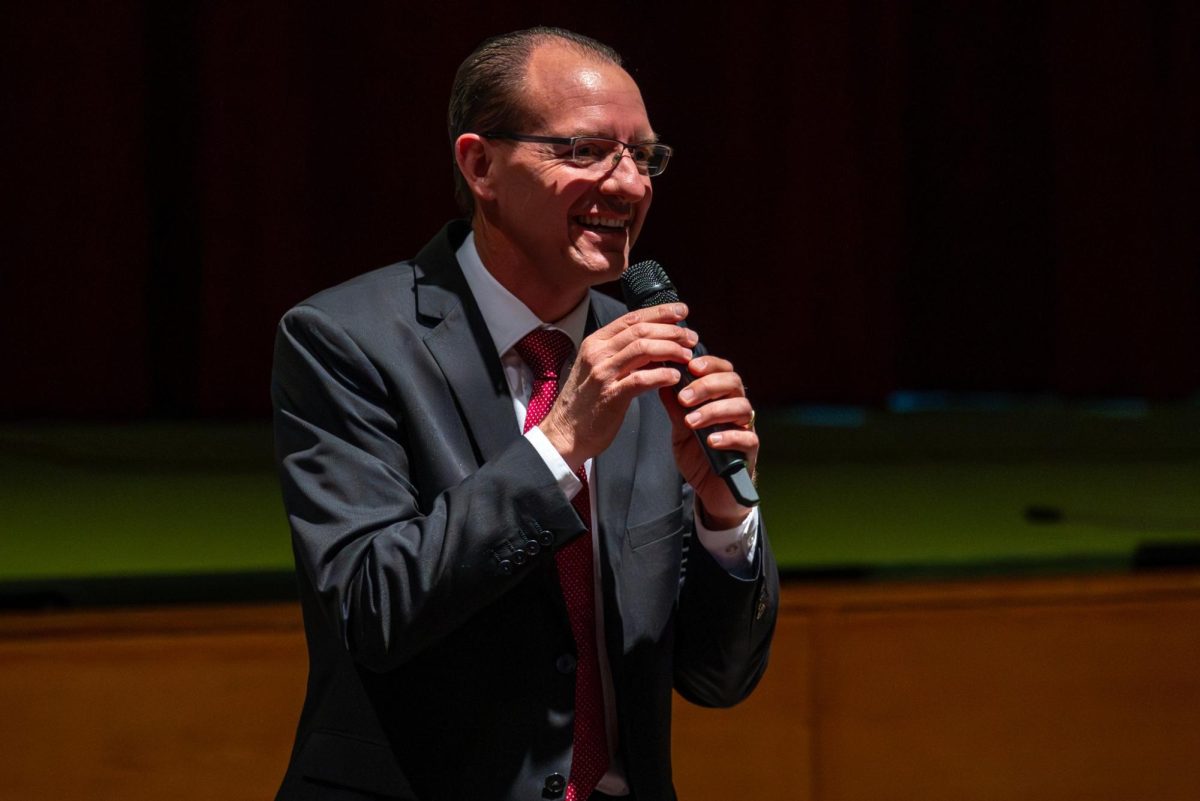
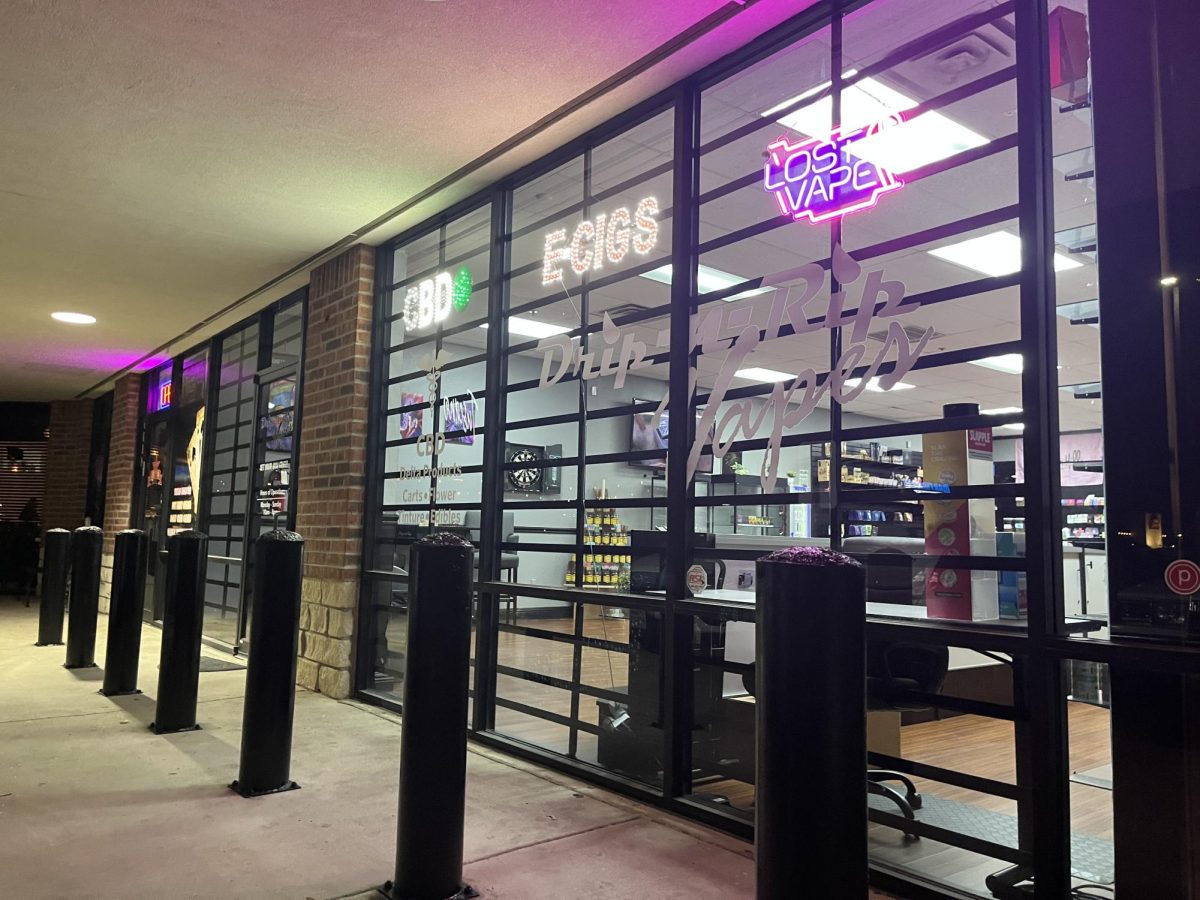
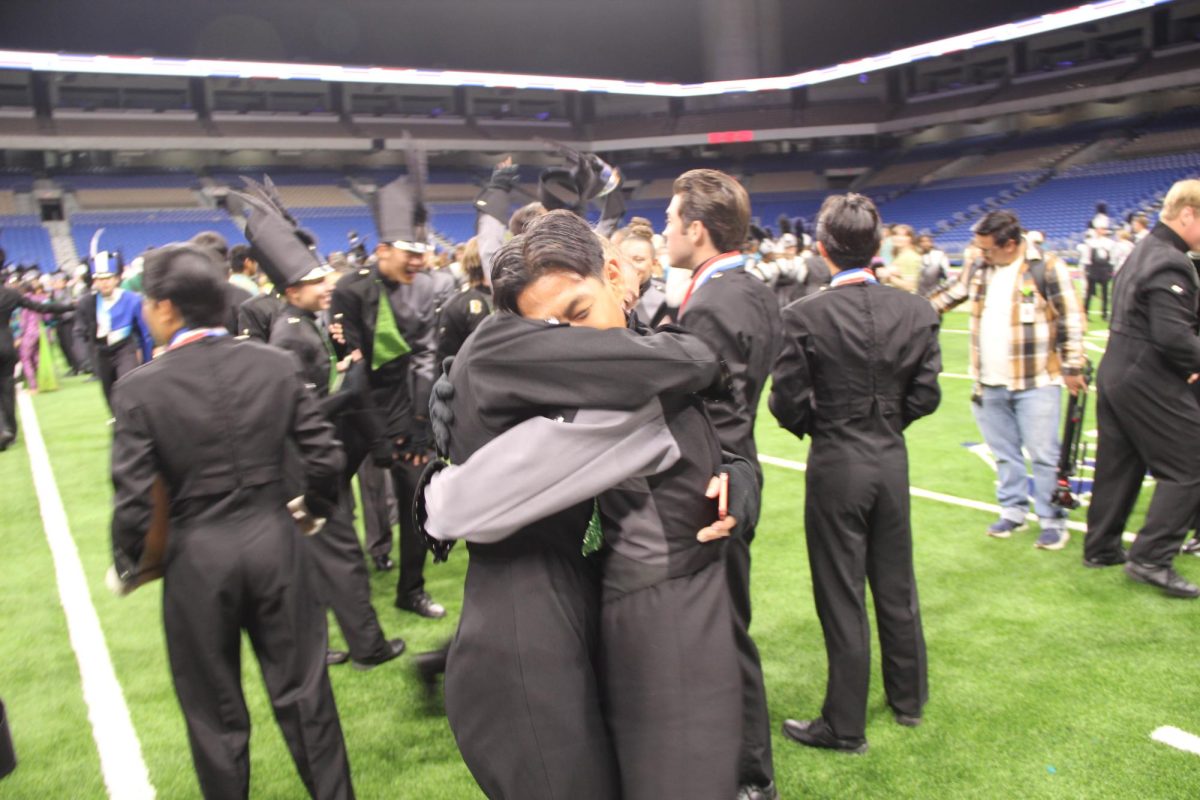
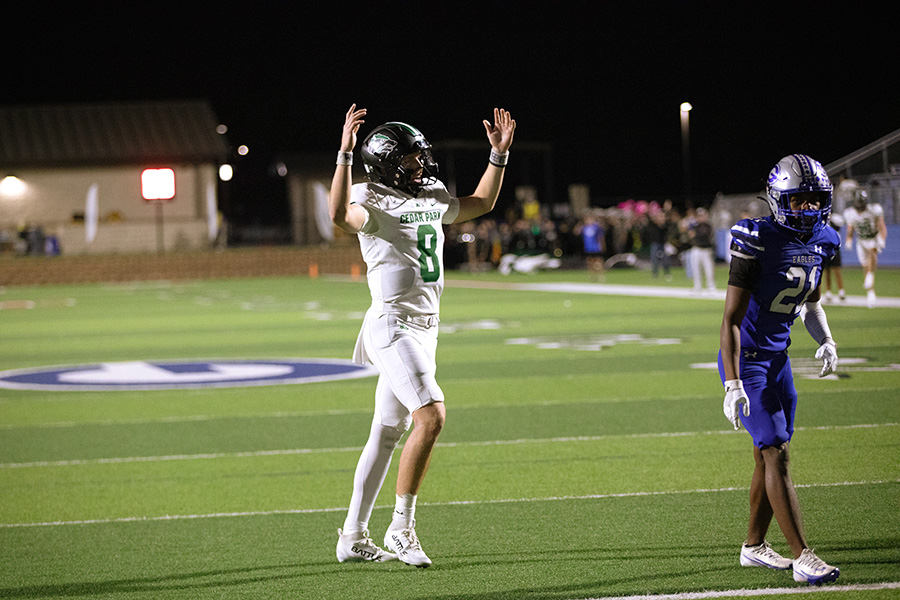
![Senior Jett Mckinney stores all the clothes in his own room, with half of it stored in his closet along with his personal clothes, and the rest taking up space in his room.
“There’s been times [when] there’s so much clothing stored here and it gets overwhelming, so I end up having to sleep somewhere else in the house,” Mckinney said.](https://cphswolfpack.com/wp-content/uploads/2025/11/DSC_0951-1200x800.jpg)
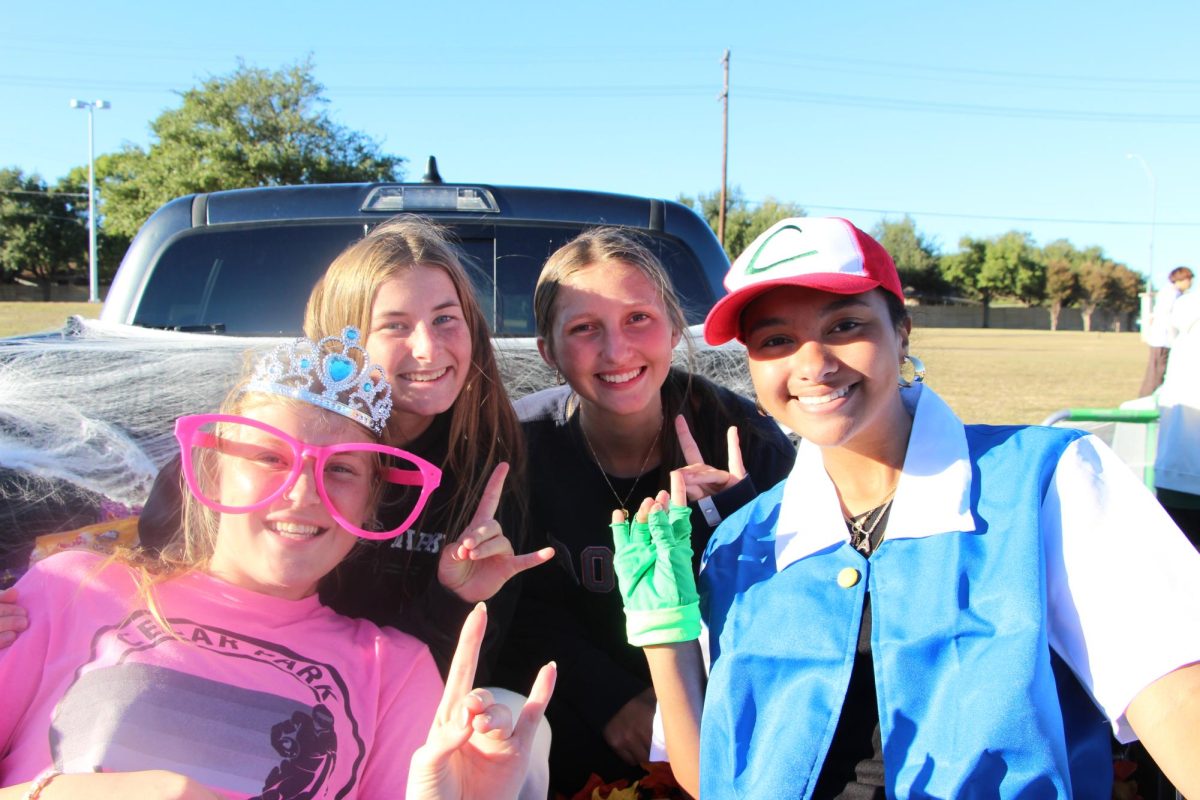
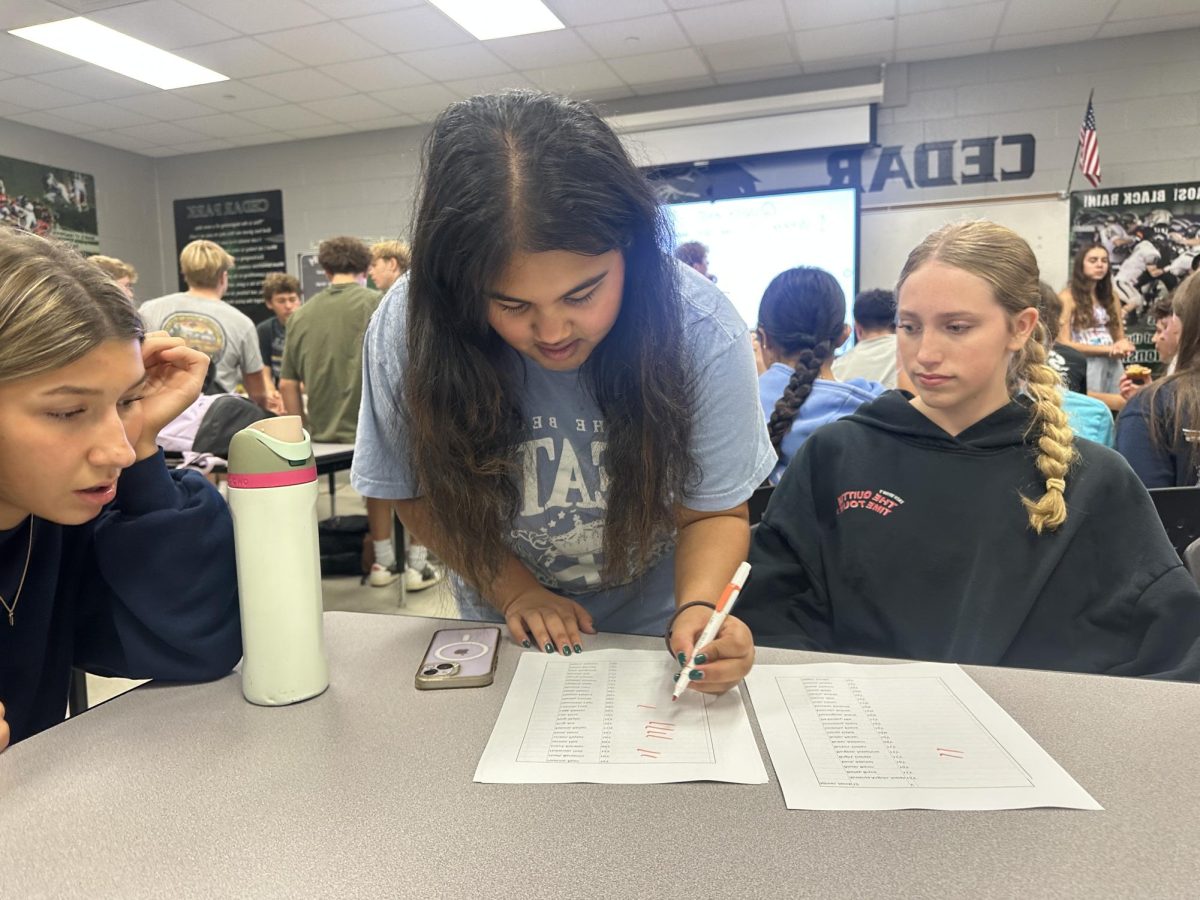

![Broadcast, yearbook and newspaper combined for 66 Interscholastic League Press Conference awards this year. Yearbook won 43, newspaper won 14 and broadcast took home nine. “I think [the ILPC awards] are a great way to give the kids some acknowledgement for all of their hard work,” newspaper and yearbook adviser Paige Hert said. “They typically spend the year covering everyone else’s big moments, so it’s really cool for them to be celebrated so many times and in so many different ways.”](https://cphswolfpack.com/wp-content/uploads/2025/05/edited-ILPC.jpg)

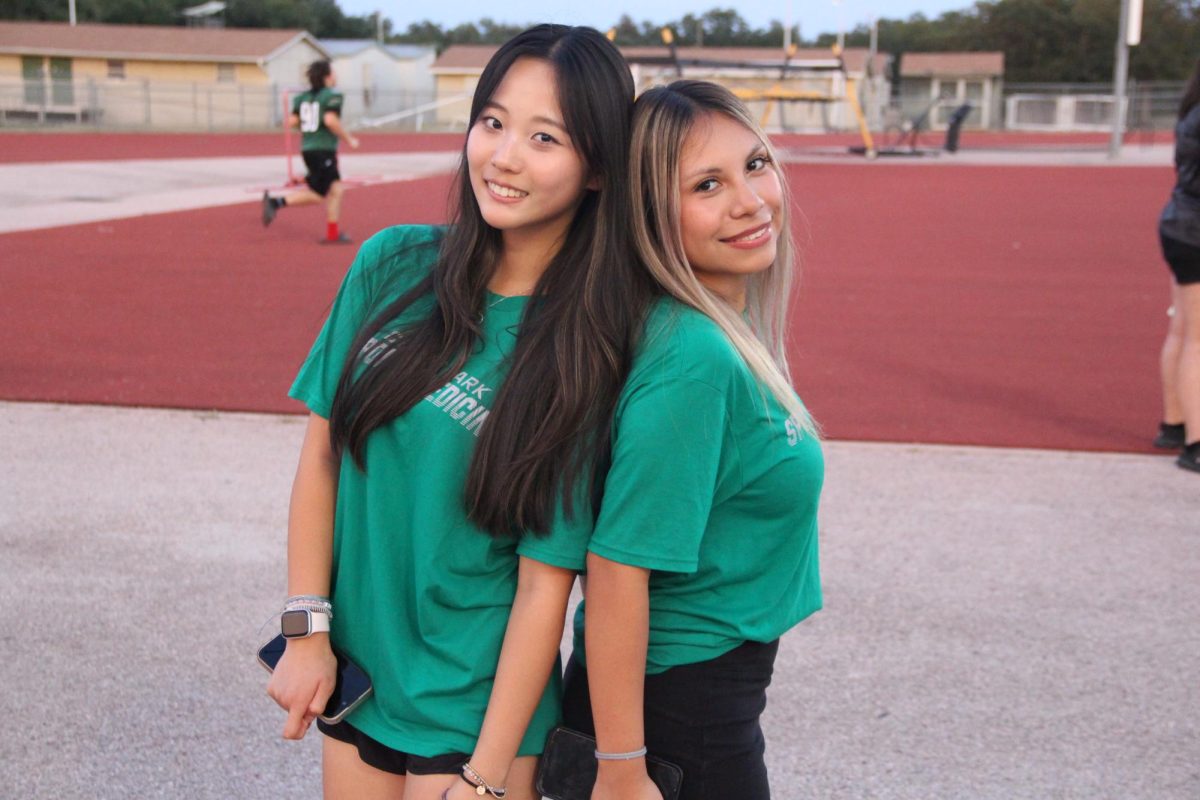


![Looking down at his racket, junior Hasun Nguyen hits the green tennis ball. Hasun has played tennis since he was 9 years old, and he is on the varsity team. "I feel like it’s not really appreciated in America as much, but [tennis] is a really competitive and mentally challenging sport,” Nguyen said. “I’m really level-headed and can keep my cool during a match, and that helps me play a bit better under pressure.” Photo by Kyra Cox](https://cphswolfpack.com/wp-content/uploads/2025/09/hasun.jpg)

![Bringing her arm over her head and taking a quick breath, junior Lauren Lucas swims the final laps of the 500 freestyle at the regionals swimming competition on date. Lucas broke the school’s 18-year-old record for the 500 freestyle at regionals and again at state with a time of 4:58.63. “I’d had my eye on that 500 record since my freshman year, so I was really excited to see if I could get it at regionals or districts,” Lucas said. “ State is always a really fun experience and medaling for the first time was really great. It was a very very tight race, [so] I was a bit surprised [that I medaled]. [There were] a lot of fast girls at the meet in general, [and] it was like a dogfight back and forth, back and forth.” Photo by Kaydence Wilkinson](https://cphswolfpack.com/wp-content/uploads/2025/03/Kaydence-2.7-23-edit-2.jpg)
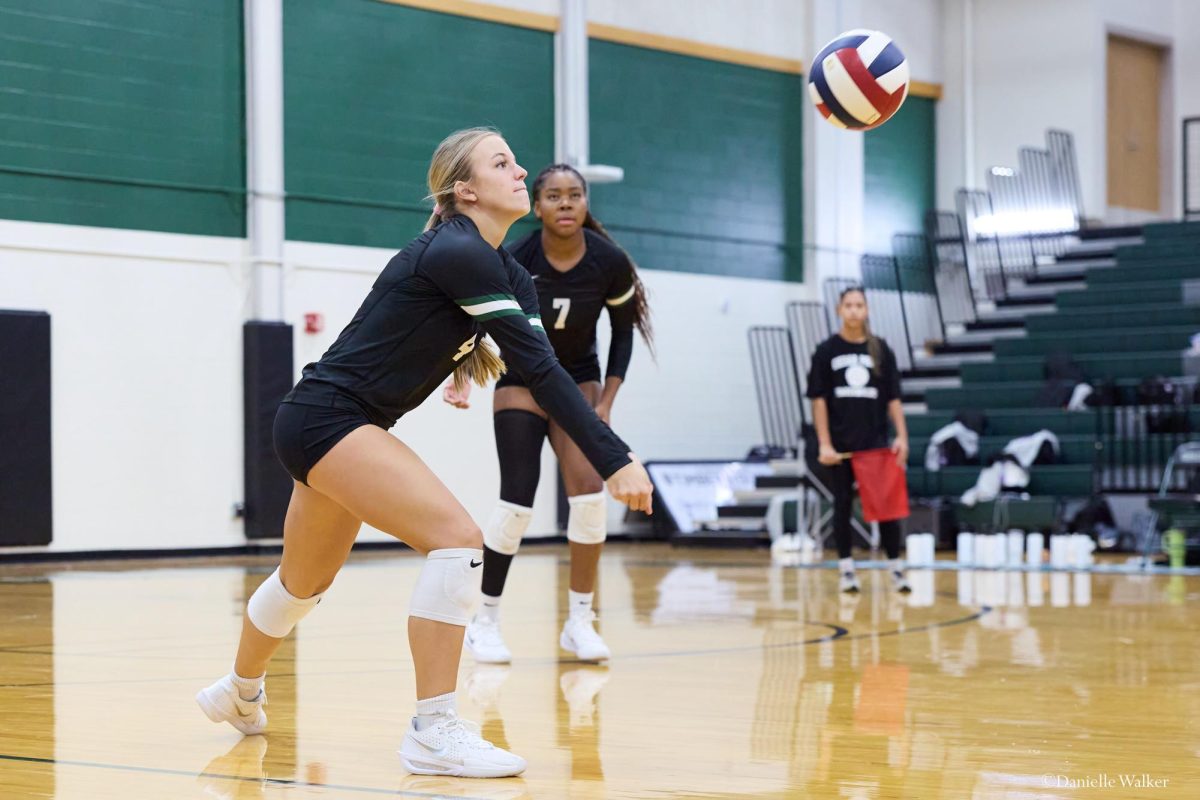
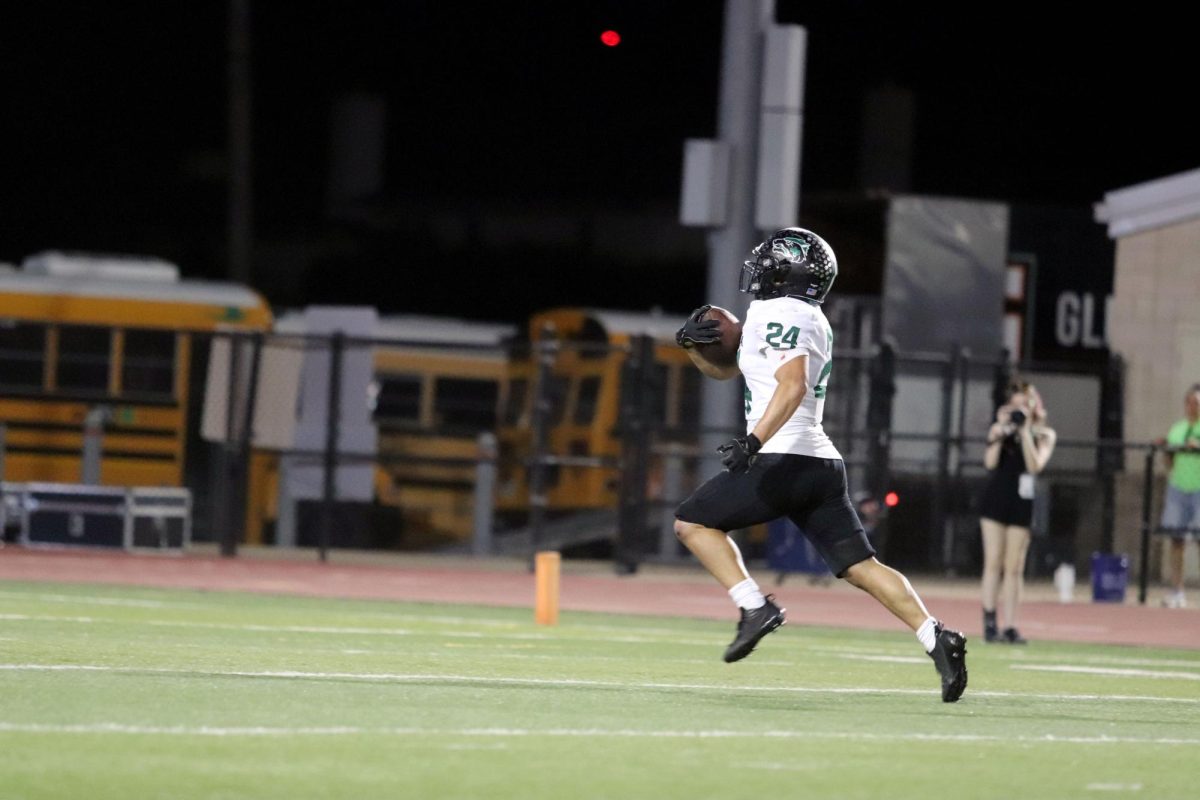
![As her hair blows in the wind, senior Brianna Grandow runs the varsity girls 5K at the cross country district meet last Thursday. Grandow finished fourth in the event and led the varsity girls to regionals with a third place placement as a team. “I’m very excited [to go to regionals],” Grandow said. “I’m excited to race in Corpus Christi, and we get to go to the beach, so that’s really awesome.” Photo by Addison Bruce](https://cphswolfpack.com/wp-content/uploads/2025/10/brianna.jpg)

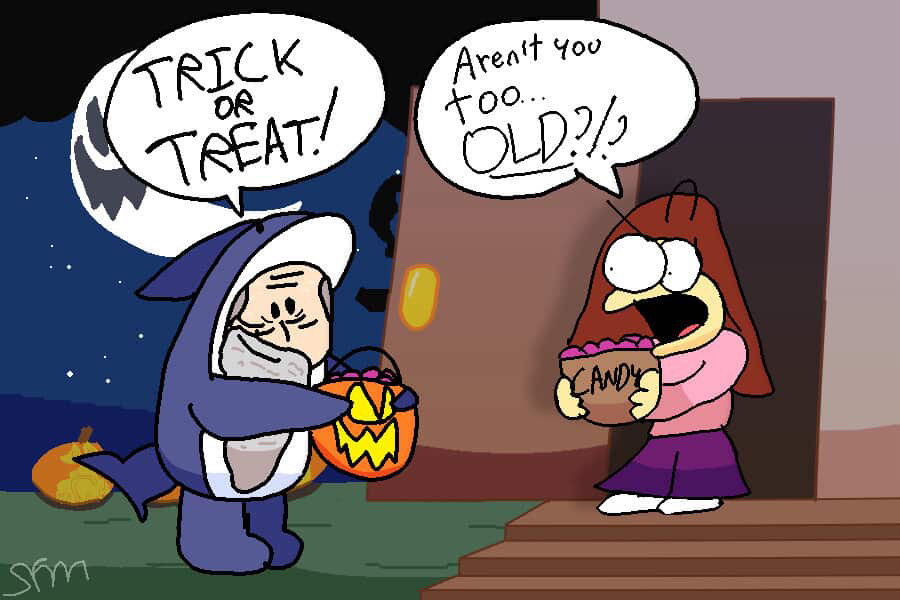

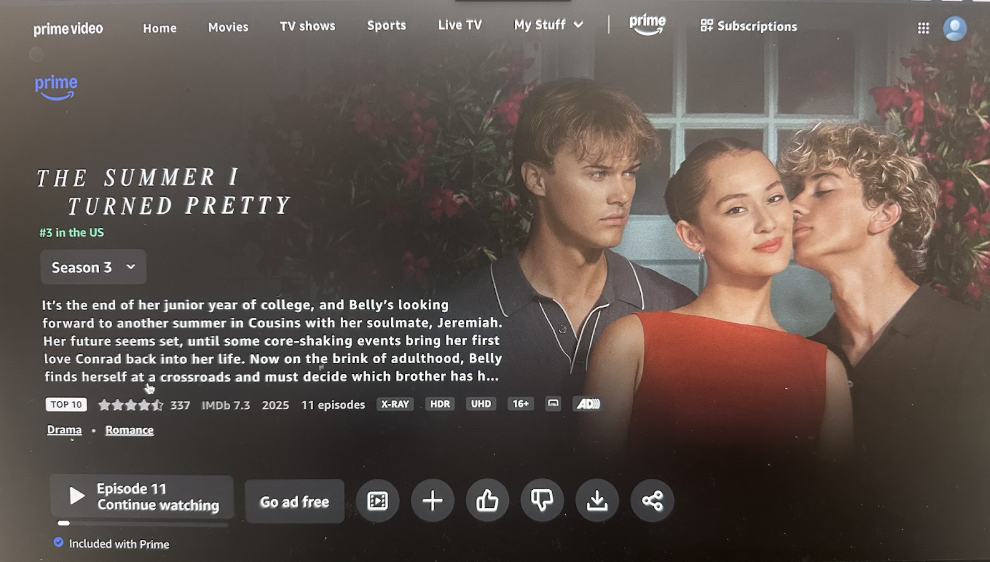











![FFA member and junior Max Adams will show his pigs and heifer at the Cedar Park Barn Show on Nov. 12. “When you think you have a good animal, and then you’re surrounded by a bunch of other [showmen with their animals], it will humble you really quick,” Adams said. “If I keep working and I do good [at shows], it makes me feel good about myself. I just like the competitiveness. It's fun taking care of [them]. Putting in a bunch of work and then not doing good upsets me a lot. It makes me want to do better.”](https://cphswolfpack.com/wp-content/uploads/2023/11/IMG_9790-1200x800.png)
